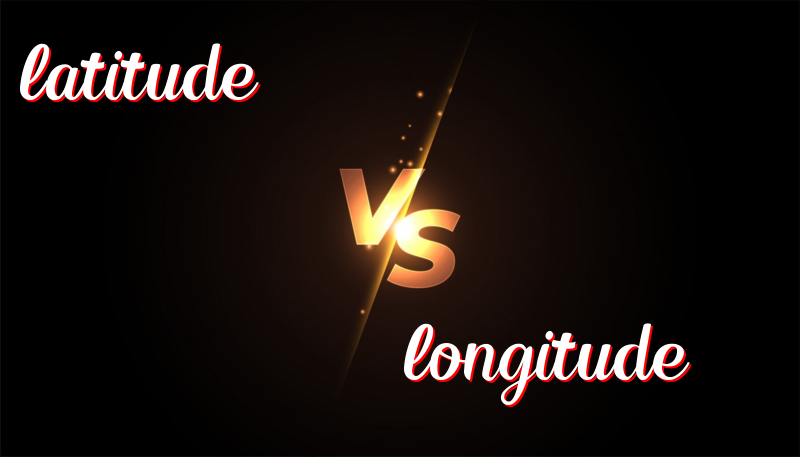Understanding Latitude and Longitude: Simple Differences and Easy Tricks
Latitude vs. Longitude
Latitude and longitude are words we use to describe places on Earth. Let’s learn about these words, their history, and how to use them. Plus, we’ll include some tricks to remember the difference!
What is Latitude?
Latitude is a line that goes around the world from east to west. It tells us how far north or south a place is from the equator. The equator is an imaginary line in the middle of the Earth.
History of Latitude
The word “latitude” comes from the Latin word “latitudo,” which means “width.” People have used latitude for a very long time to find places on maps.
How to Use Latitude
- The city is at a latitude of 40 degrees north.
- We studied the latitude lines in geography class.
- The equator is at 0 degrees latitude.
- Polar bears live at high latitudes.
- We use latitude to find places on a globe.
What is Longitude?
Longitude is a line that goes from the North Pole to the South Pole. It tells us how far east or west a place is from a line called the prime meridian.
History of Longitude
The word “longitude” comes from the Latin word “longitudo,” which means “length.” Like latitude, longitude has been used for many years to help people find places.
How to Use Longitude
- The city is at a longitude of 75 degrees west.
- Greenwich, England, is at 0 degrees longitude.
- We use longitude to find time zones.
- Longitude lines meet at the poles.
- Longitude helps sailors navigate the seas.
Trick to Remember the Difference
Think of “latitude” like a ladder (they both start with “l-a”), going from side to side. “Longitude” sounds like “long,” so these lines go up and down.
Summary
Latitude lines go around the Earth from east to west and tell us how far north or south a place is. Longitude lines go from the North Pole to the South Pole and tell us how far east or west a place is. Both are used to find places on maps and globes.

Leave a Reply
You must be logged in to post a comment.